Transforming the Organization
This article explores how software development companies can transform into agile ones, by adapting to changes in the environment and consequently becoming more efficient. According to consulting management firm McKinsey & Company (2018), there are three ways that the leadership in agile organisations should be focused on transforming it:
● By learning to distill and expressing a compelling purpose, known as the North Star.
● To apply the principles and practices of an agile organisational design.
● Shaping an agile organisational culture.
The North Star is:
● A purpose of the organisation that amounts to a clear, shared, and compelling aspiration.
● In software development, agile organisations consist of open networks of independent autonomous units, a defined, common purpose that is particularly important as a foundational element of coherence and stability across the system.
● The North Star also helps software development companies to create products that resonate with employees, customers, investors and communities (Chatwani, 2019).
An agile organisational design is the output of a design process. According to Ottinger (2015), the principles and practices of such a design design can be applied in the five following ways:
● Collaboration.
● Continuous delivery.
● Efficiency.
● Open communication.
● Trust and independence.
An agile organisational culture is one that is concentrated on:
● Continuous learning.
● Giving everyone tools to succeed.
● Focuses on customer development, and what is of value to customers and all company stakeholders.
● Innovation.
● Is one which aligns its vision with organizational goals.
● That delivers products at the time that they are required by customers.
A case study of a software company that has been transformed into agility using a North Star, applying agile principles and an agile culture is the American-based taxi company that uses technology, Uber. It was founded in the state of Los Angeles in 2009 with the aim of addressing the gap existent in the-then inefficient and non-technology taxi industry (Dudley et al., 2017).
Uber uses a mobile phone app for various purposes. These include customers being able to place their order to a driver plying their intended route and making their payment from the calculated amount of their destination.
According to Magalhaes (2021) and (Dudley et al., 2017), Uber has applied agility in the following ways:
● Efficiently applying the amount of time that is used in different planning exercises to derive the most impact. An Uber driver can download the company’s taxi technology app, see the potential customers who are demanding to use it, track their location, price their order based on different peak times for their intended destination, thus beating conventional taxis that do not operate without the app. This aspect has Uber be innovative, affordable, widely used, create jobs but also challenge regulation in its
industry.
● Give general visibility to the workflow, team goals and priorities to act efficiently in any of these areas. Uber’s growth in various cities around the world has made it to increase its engineering and Information Technology (IT) departments, with a total of 22,800 in 2020 and owns its own technology property such as servers;
● And, align team priorities with business priorities to increase the value contributed by the teams. Uber teams are centered on ensuring that there is good customer service from the time that customers make an order from the mobile phone app, to billing at the final destination.
According to McKinsey & Company (2018), the call to action (CTA) for transforming an organisation to agility is based on the following take-aways:
● Engage people across the organisation in co-creating the new agile organisation design and culture through constant experimentation and learning.
● Explore a holistic new agile design for the organisation, creating it as a network of empowered micro-businesses that are supported by a lean backbone, working in high collaboration with external partners.
● Shape a new agile organisation culture within the organisation through personal modeling, and developing in others, new mind-sets and behaviors; that foster understanding and conviction around the North Star; and ensuring the new agile design reinforces the new mind-sets and behaviors.
● To co-create an organisational purpose or ‘North Star’ which identifies with people in the organisation, and to regularly publicize its impact.
Written by Caroline Theuri
